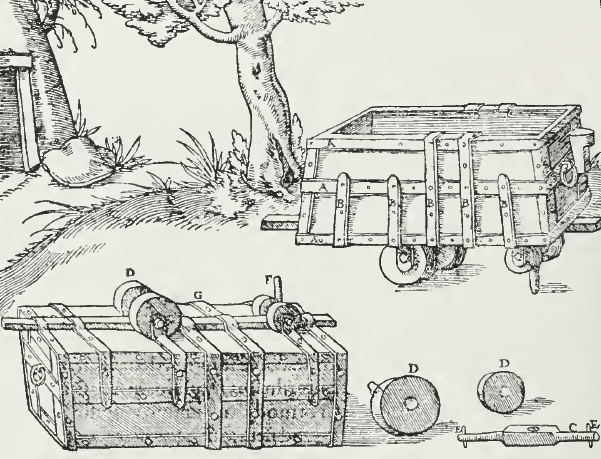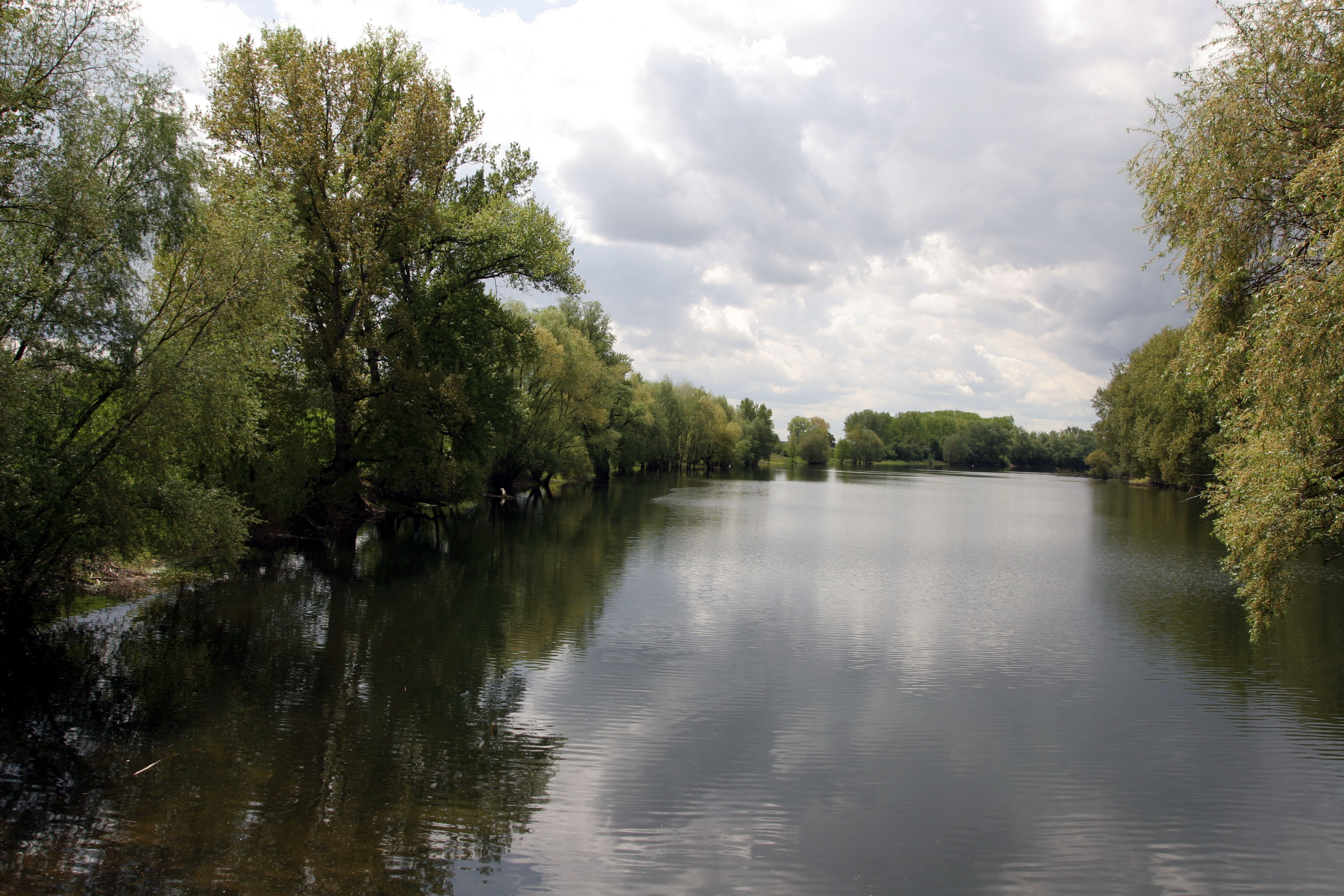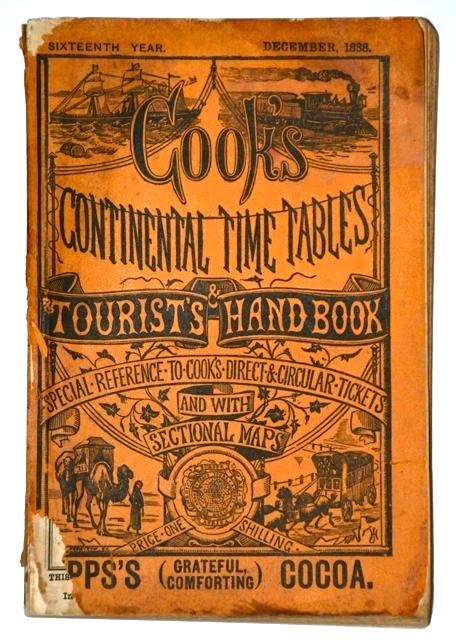|
Helvetia (train)
The ''Helvetia'' was an express train that, for most of its existence, linked Hamburg-Altona station in Hamburg, Germany, with Zürich HB in Zurich, Switzerland. Introduced in 1952, it was operated by the Deutsche Bundesbahn / Deutsche Bahn (DB) and the Swiss Federal Railways (SBB-CFF-FFS). The train's name, ''Helvetia'', is the Latin word for "Switzerland". Initially, the ''Helvetia'' was a ''Schnellzug'' (D), later a '' Fernschnellzug'' (F - although actually diesel multiple units were used on this service). In 1957, it became a first-class-only Trans Europ Express (TEE). On 27 May 1979, it was reclassified as a two-class Intercity (IC),'' Thomas Cook International Timetable'' (May 27–June 30, 1979 edition), p. 6. Peterborough, UK: Thomas Cook Publishing. and on 31 May 1987, it was included in the then-new EuroCity (EC) network.''Thomas Cook Continental Timetable'' (May 31–June 30, 1987 edition), pp. 472, 475. Thomas Cook Publishing. Following a brief hiatus in 1991– ... [...More Info...] [...Related Items...] OR: [Wikipedia] [Google] [Baidu] |
Schnellzug
A ''Schnellzug'' is an express train in German-speaking countries, where it refers to trains that do not stop at all stations along a line. The term is used both generically and also as a specific train type. In Germany and Austria it is also referred to colloquially as a ''D-Zug'', a short form of ''Durchgangszug'' ("through train"), and express train services were often given numbers preceded by the letter ''D''. The similar term, ''snälltåg'', was used in Sweden until January 1980. On the railway networks operated by the Deutsche Bahn (DB), the Austrian Federal Railway (ÖBB) and the Swiss Federal Railways (SBB) today, express trains are divided into categories such as Eurocity, Intercity, Interregio etc. The DB still occasionally runs ''D-Zug'' services in night trains ('' D-Nacht''), especially those to its eastern European neighbours, and as relief trains. Museum services running on DB routes are also given ''D-Zug'' numbers. ÖBB runs D-Züge on main routes from/to Vien ... [...More Info...] [...Related Items...] OR: [Wikipedia] [Google] [Baidu] |
Hamburg
(male), (female) en, Hamburger(s), Hamburgian(s) , timezone1 = Central (CET) , utc_offset1 = +1 , timezone1_DST = Central (CEST) , utc_offset1_DST = +2 , postal_code_type = Postal code(s) , postal_code = 20001–21149, 22001–22769 , area_code_type = Area code(s) , area_code = 040 , registration_plate = , blank_name_sec1 = GRP (nominal) , blank_info_sec1 = €123 billion (2019) , blank1_name_sec1 = GRP per capita , blank1_info_sec1 = €67,000 (2019) , blank1_name_sec2 = HDI (2018) , blank1_info_sec2 = 0.976 · 1st of 16 , iso_code = DE-HH , blank_name_sec2 = NUTS Region , blank_info_sec2 = DE6 , website = , footnotes ... [...More Info...] [...Related Items...] OR: [Wikipedia] [Google] [Baidu] |
Intercity Express
The Intercity Express (commonly known as ICE ()) is a system of high-speed trains predominantly running in Germany. It also serves some destinations in Austria, Denmark (ceased in 2017 but planned to resume in 2022), France, Belgium, Switzerland and the Netherlands, mostly as part of cross border services. It is the highest service category of rail and the flagship train of the German state railway, Deutsche Bahn. There are currently 315 trainsets in use. ICE trains are the highest category (Class A) trains in the fare system of the Deutsche Bahn. Their fares are not calculated on a fixed per-kilometre table as with other trains, but instead have fixed prices for station-to-station connections, levied on the grounds that the ICE trains have a higher level of comfort. Travelling at speeds up to , they are tailored for business travellers or long-distance commuters and are marketed by Deutsche Bahn as an alternative to flights. Apart from domestic use, the trains can also be seen ... [...More Info...] [...Related Items...] OR: [Wikipedia] [Google] [Baidu] |
List Of Named Passenger Trains Of Europe
This article contains lists of named passenger trains in Europe, listed by country. Listing by country does eliminate some EuroCity services from the list, but they are listed on the relevant EuroCity page for daytime trains and the EuroNight page for nighttime trains. Also separately listed are the named City Night Line services. Austria Belarus Belgium Bulgaria Croatia source Czech Republic Finland France Germany Greece Hungary Status as from December 2022 *:not served by all trains Italy List of named passenger trains of Italy Kazakhstan Netherlands Norway Poland :''Majority of Polish long-distance trains, as well as some regional and local trains, are named. Their names may be connected with station terminus (e.g. "Berolinum" or "Łodzianin"), famous people (e.g. "Reymont" or "Sobieski") or some literary figures (e.g. "Oleńka" or "Wokulski"). Some can be also more abstract, like "Pirat" ("Pira ... [...More Info...] [...Related Items...] OR: [Wikipedia] [Google] [Baidu] |
History Of Rail Transport In Switzerland
:''This article is part of the history of rail transport by country series.'' The construction and operation of Swiss railways during the 19th century was carried out by private railways. The first internal line was a 16 km line opened from Zürich to Baden in 1847. By 1860 railways connected western and northeastern Switzerland. The first Alpine railway to be opened was under the Gotthard Pass in 1882. A second alpine line was opened under the Simplon Pass in 1906. In 1901, the major railways were nationalised to form Swiss Federal Railways. During the first half of the twentieth century they were electrified and slowly upgraded. After the Second World War, rail rapidly lost its share of the rail market to road transport as car ownership rose and more roads were built. From 1970, the Federal Government has become more involved in upgrading the railways, especially in urban areas and on trunk routes under the Rail 2000 project. In addition, two major trans-alpine routes — th ... [...More Info...] [...Related Items...] OR: [Wikipedia] [Google] [Baidu] |
History Of Rail Transport In Germany
:''This article is part of the history of rail transport by country series'' The history of rail transport in Germany can be traced back to the 16th century. The earliest form of railways, wagonways, were developed in Germany in the 16th century. Modern German rail history officially began with the opening of the steam-powered Bavarian Ludwig Railway between Nuremberg and Fürth on 7 December 1835. This had been preceded by the opening of the horse-drawn Prince William Railway on 20 September 1831. The first long-distance railway was the Leipzig-Dresden railway, completed on 7 April 1839. Forerunners The forerunner of the railway in Germany, as in England, was to be found mainly in association with the mining industry. Mine carts were used below ground for transportation, initially using wooden rails, and were steered either by a guide pin between the rails or by flanges on the wheels. A wagonway operation was illustrated in Germany in 1556 by Georgius Agricola (image right) i ... [...More Info...] [...Related Items...] OR: [Wikipedia] [Google] [Baidu] |
Consist
In rail transport, a train (from Old French , from Latin , "to pull, to draw") is a series of connected vehicles that run along a railway track and Passenger train, transport people or Rail freight transport, freight. Trains are typically pulled or pushed by locomotives (often known simply as "engines"), though some are self-propelled, such as multiple units. Passengers and cargo are carried in railroad cars, also known as wagons. Trains are designed to a certain Track gauge, gauge, or distance between rails. Most trains operate on steel tracks with steel wheels, the low friction of which makes them more efficient than other forms of transport. Trains have their roots in wagonways, which used railway tracks and were Horsecar, powered by horses or Cable railway, pulled by cables. Following the invention of the steam locomotive in the United Kingdom in 1804, trains rapidly spread around the world, allowing freight and passengers to move over land faster and cheaper than ever pos ... [...More Info...] [...Related Items...] OR: [Wikipedia] [Google] [Baidu] |
Hesse
Hesse (, , ) or Hessia (, ; german: Hessen ), officially the State of Hessen (german: links=no, Land Hessen), is a States of Germany, state in Germany. Its capital city is Wiesbaden, and the largest urban area is Frankfurt. Two other major historic cities are Darmstadt and Kassel. With an area of 21,114.73 square kilometers and a population of just over six million, it ranks seventh and fifth, respectively, among the sixteen German states. Frankfurt Rhine-Main, Germany's second-largest metropolitan area (after Rhine-Ruhr), is mainly located in Hesse. As a cultural region, Hesse also includes the area known as Rhenish Hesse (Rheinhessen) in the neighbouring state of Rhineland-Palatinate. Name The German name '':wikt:Hessen#German, Hessen'', like the names of other German regions (''Schwaben'' "Swabia", ''Franken'' "Franconia", ''Bayern'' "Bavaria", ''Sachsen'' "Saxony"), derives from the dative plural form of the name of the inhabitants or German tribes, eponymous tribe, the Hes ... [...More Info...] [...Related Items...] OR: [Wikipedia] [Google] [Baidu] |
Lampertheim
Lampertheim is a town in the Bergstraße district in Hesse, Germany. In 1984, the town hosted the 24th ''Hessentag'' state festival. Geography Location Lampertheim lies in the southwest corner of Hesse in the Rhine rift at the Biedensand Conservation Area (an old arm of the Rhine) and borders on Baden-Württemberg and Rhineland-Palatinate. It is on the right bank of the Rhine across from Worms (Rhineland-Palatinate), roughly north of Mannheim (Baden-Württemberg). The town is broadly, but visibly surrounded by the Odenwald and the Palatinate Forest. Neighbouring communities Lampertheim is one of Hesse’s southernmost towns and borders on Bürstadt, Lorsch, Viernheim and Mannheim (Baden-Württemberg). Constituent communities Lampertheim has the outlying centres of Hofheim, Hüttenfeld, Neuschloß and Rosengarten, which are all '' Stadtteile''. Furthermore, there are residential neighbourhoods named Heide, Oberlach-Rosenau, Am Küblinger Damm, Lache, An der Wormser Straße, I ... [...More Info...] [...Related Items...] OR: [Wikipedia] [Google] [Baidu] |
Thomas Cook Continental Timetable
The ''European Rail Timetable'', more commonly known by its former names, the ''Thomas Cook European Timetable'', the ''Thomas Cook Continental Timetable'' or simply ''Cook's Timetable'', is an international timetable of selected passenger rail schedules for every country in Europe, along with a small amount of such content from areas outside Europe. It also includes regularly scheduled passenger shipping services and a few coach services on routes where rail services are not operated. Except during World War II and a six-month period in 2013–14, it has been in continuous publication since 1873. Until 2013 it was published by Thomas Cook Publishing, in the United Kingdom, and since 1883 has been issued monthly. The longstanding inclusion of "Continental" in the title reflected the fact that coverage was, for many years, mostly limited to continental Europe. Information on rail services in Great Britain was limited to only about 30 pages (out of about 400-plus pages) ... [...More Info...] [...Related Items...] OR: [Wikipedia] [Google] [Baidu] |
Thomas Cook Group
Thomas Cook Group plc was a global travel group, headquartered in the United Kingdom and listed on the London Stock Exchange from its formation on 19 June 2007 by the merger of Thomas Cook AG — successor to Thomas Cook & Son — and MyTravel Group until 23 September 2019, when it went into compulsory liquidation. The group operated as a tour operator and airline, and also operated travel agencies in Europe. At the time of the group's collapse, approximately 21,000 worldwide employees were left without jobs (including 9,000 UK staff) and 600,000 customers (150,000 from the UK) were left abroad, triggering the UK's largest peacetime repatriation. After the collapse, segments of the company were purchased by others, including the travel stores in the UK, the airlines, the Thomas Cook name and logo, the hotel brands and the tour operators. Thomas Cook India has been an entirely separate entity since August 2012, when it was acquired by Fairfax Financial and thus was not ... [...More Info...] [...Related Items...] OR: [Wikipedia] [Google] [Baidu] |
Thomas Cook European Timetable
The ''European Rail Timetable'', more commonly known by its former names, the ''Thomas Cook European Timetable'', the ''Thomas Cook Continental Timetable'' or simply ''Cook's Timetable'', is an international Public transport timetable, timetable of selected passenger Rail transport, rail schedules for every country in Europe, along with a small amount of such content from areas outside Europe. It also includes regularly scheduled passenger shipping services and a few Coach (scheduled transport), coach services on routes where rail services are not operated. Except during World War II and a six-month period in 2013–14, it has been in continuous publication since 1873. Until 2013 it was published by Thomas Cook Group, Thomas Cook Publishing, in the United Kingdom, and since 1883 has been issued monthly. The longstanding inclusion of "Continental" in the title reflected the fact that coverage was, for many years, mostly limited to continental Europe. Information on rail servi ... [...More Info...] [...Related Items...] OR: [Wikipedia] [Google] [Baidu] |
_on_Saarroute.jpg)




.jpg)


